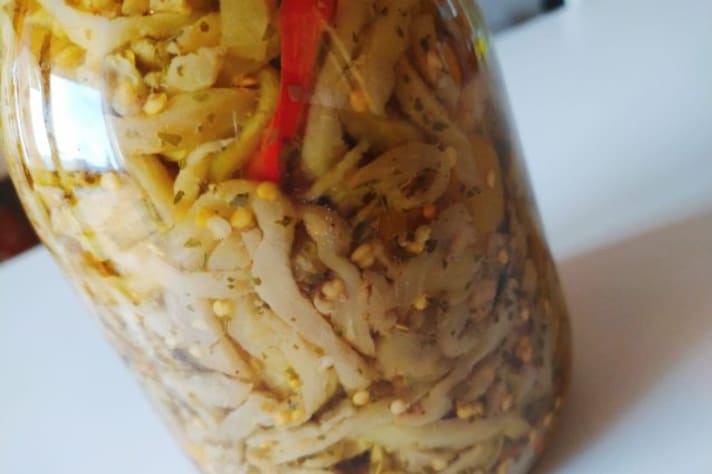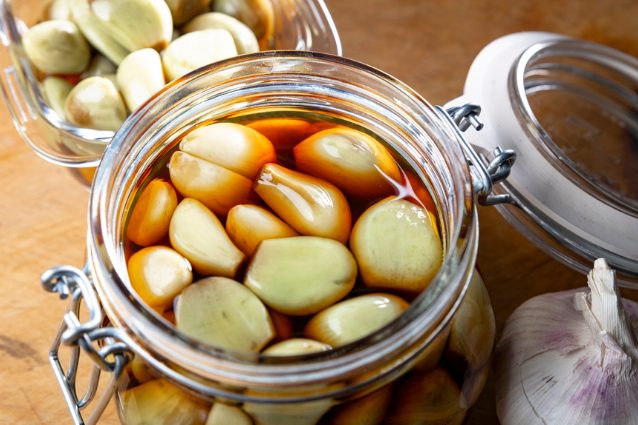How to Detect Botulism in Canned and Pickled Foods?
Recognizing the presence of botulism is not a difficult operation: just pay attention to the swelling of the cork, strange odors, the unusual color of the contents or the consistency of the products.

Homemade preserves are delicious and for many centuries they were one of the main sources of supply for our ancestors. Today many families still make them, having given up the supermarket; there also are those who would like to make them but are afraid of the onset of botulism. It is important to be aware of the risks that can arise and botulism in canned and pickled foods is one of the main dangers.
What is Botulism?
It is a bacterium that produces a neurotoxin that is dangerous for our health, it is in fact one of the most powerful toxins known to man and can cause severe muscle paralysis, nerve damage, permanent problems to our body. To prevent its development, just follow some simple rules , so as to almost completely eliminate the risk of contamination. However, the risk is always there but you don't have to worry: let's see how to recognize the presence of botulinum in jars of preserves.
How to Tell if There is Botulism in Jars
Botulinum only develops in inappropriately preserved foods. In our kitchen it is especially present in the world of oil and canned preserves because the bacterium reproduces in environments without oxygen. Oil creates an anaerobic environment and this is perfect for the growth of botulinum. Unfortunately, from an organoleptic point of view, botulinum does not change our products in any way, so if contaminated, they will still taste good. For this reason, it is not easy to recognize botulinum without knowing the "rules of thumb".

It is important to learn to recognize the signs of botulism to avoid unpleasant and unnecessary risks. 4 simple rules are enough and whether you buy them at the supermarket or do them traditionally at home, you will not have any kind of problem:
- The easiest to see sign of botulism is a bulging jar lid. If the lid is bulging or stiff, it is likely due to gas from botulism;
- We said that this bacterium is tasteless but not odorless. If the oil stinks or you even smell a strange odor, it means that the jar is contaminated and it is safer not to eat it;
- If we see an unusual color in the oil or dark spots on the preserved food, it is a sign of contamination, so do not eat the preserve;
- If the first three points do not occur but you feel a strange consistency when tasting the preserve, with the oil separated from the product or a few extra lumps, then it is better to avoid. It is likely that the bacteria has directly attacked the food.
All four points are a symptom of bacterial action on the food: it is not necessarily botulism, it could also be another type of pathogen, but we still recommend that you throw away the preserves. It is a shame because there is a lot of work behind each jar but botulism is not to be trifled with: it can have serious and permanent consequences on your health, especially if it is not treated promptly. Botulism causes nerve damage, muscle weakness, cognitive and swallowing disorders or respiratory problems.
;Resize,width=767;)
;Resize,width=712;)
;Resize,width=712;)
;Resize,width=712;)
